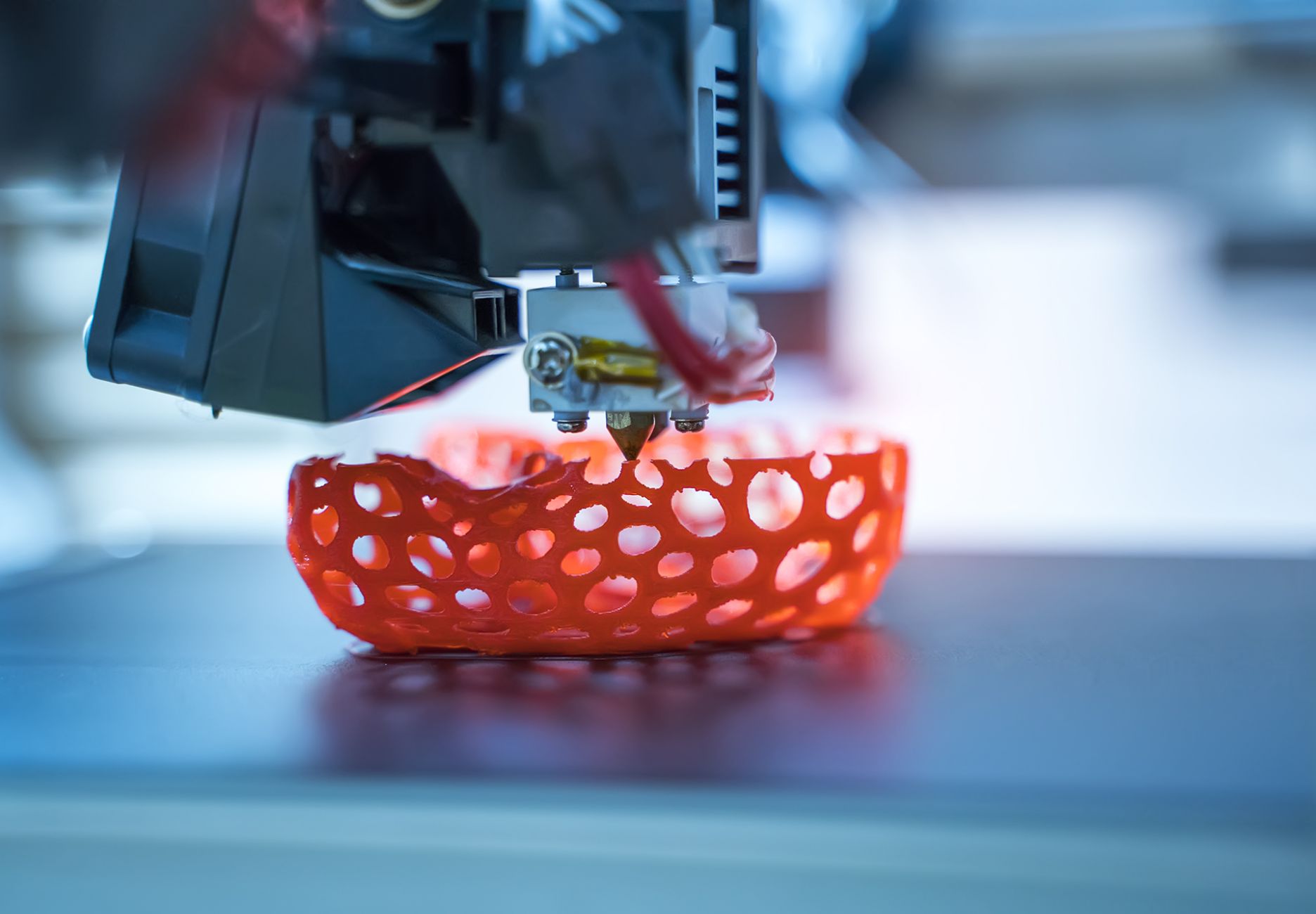It is well known that traditional manufacturing techniques such as turning, milling or injection moulding limits the shapes that can be produced. What used to be impossible, becomes a matter of course with 3D printing. In additive manufacturing, organic and complex shapes can be produced for lightweight applications. Using these structures offer great advantages.
For redesigning components, that were previously made of solid material, lattice structures can be used. Less material means less weight and thus reduced costs. However, the components are still stable and resistant when additively manufactured with solid materials such as plastics or metals. Lattice structures might improve the energy absorption of impacts, bending or vibrations. The properties of printed parts are significantly changed by using lattice structures.
For example: If rubber-like TPU is used and the part is manufactured with the additive technology SLS, it becomes more flexible. Less material means lower costs too, which pays off especially in series components production.
How to design components with lattice structures designed?
Suitable software designs the components using lightweight structure. The software can "hollow out" the inside of solidly filled components and provide them with a suitable lattice structure. Examples of software solutions:
- nTopology
- NX Siemens
- Rhinoceros (Grasshopper plugin)
- PTC
- Autodesk Netfabb Ultimate
- Solidworks 3DXpert
- Materialise 3-matic
Take advantage of additive manufacturing methods and redesign your components. It is really worth it.
Your Jellypipe



